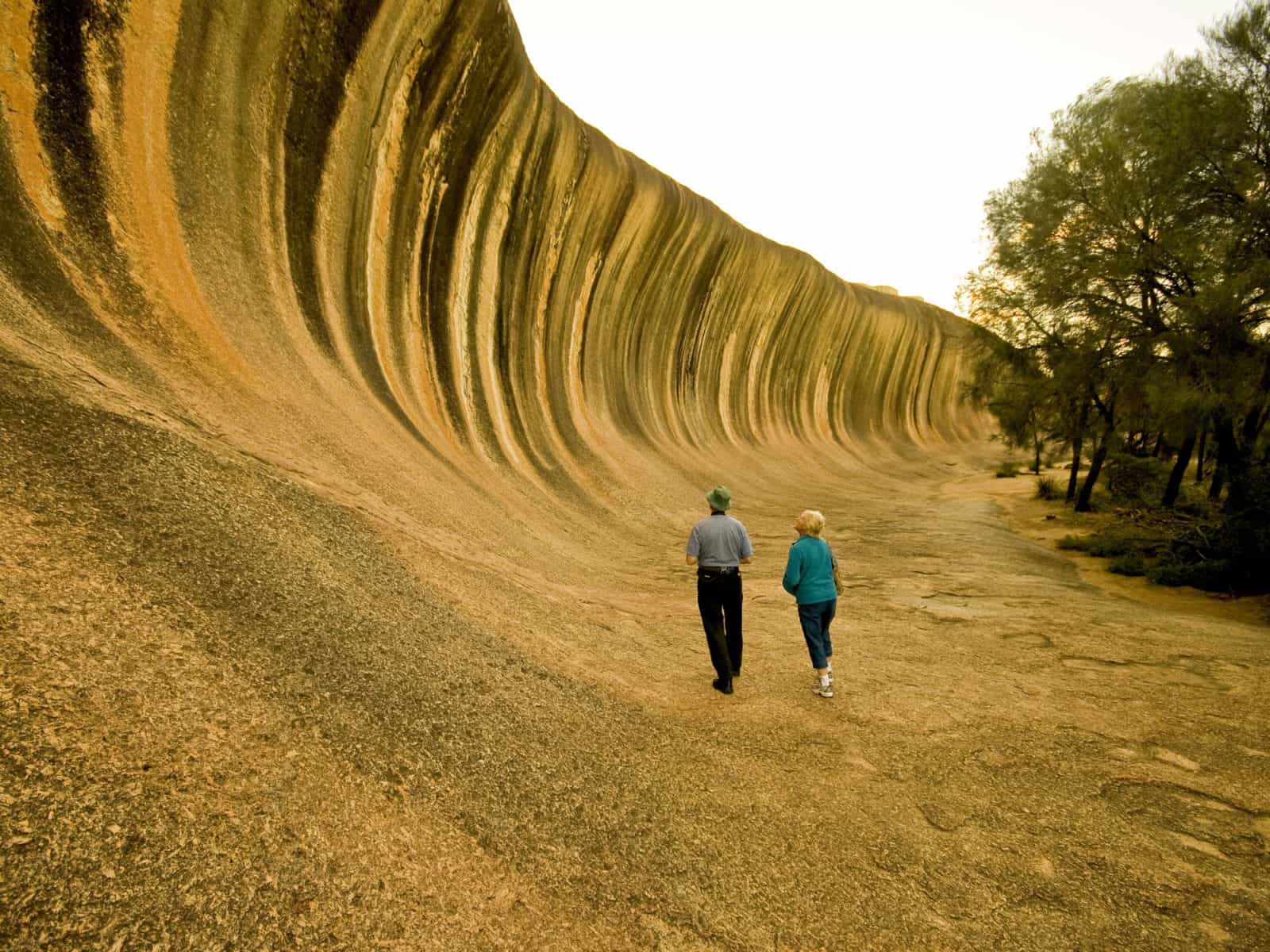Extensive natural gas reserves ensure Western Australia will be an important source of energy well into the next century. The State supplies liquefied natural gas (LNG) to Japan, and is developing markets in Taiwan and Korea.
With more than 270 operating mines, Western Australia is a leading supplier of many commodities including alumina, diamonds, iron ore and mineral sands, – monazite; ilmenite; rutile/synruite and zircon.
The State also produces 70 per cent of Australia’s gold and significant exports of salt, nickel, tantalum and numerous other metals.
New projects established in recent years include a silicon smelter, titanium dioxide plants and a fused alumina plant. The State is poised to supply an important share of the world market for new materials such as rare earth chemicals, fused alumina, zirconium compounds and specialty alloys.
Manufacturing
Processed mineral and agricultural products are the State’s major manufacturing exports. Local firms have also achieved success with more elaborately transformed products. Recent major investments have established facilities producing chemicals, mining and electronic equipment and pharmaceuticals.
Western Australia’s shipbuilding industry has built more than 60 per cent of the nation’s civil craft. It has also supplied 10 per cent of the world’s lightweight passenger ferries. Local firms have adopted new designs, materials and technology to capture an important share of a growing market.
Research and development activities by local and international companies have produced internationally competitive innovations in engine technology, building products, reagents for bio-technology and electronics.
Transport
Sealed highways link regional centres to Perth and two national highways, one in the north and one in the south, provide for interstate traffic.
A major east-west rail line carries freight and passengers between Western Australia and other Australian States. An extensive public rail network services agriculture and industry in the State’s south-west. In the north-west, private rail lines carry ore from inland mines to coastal ports.
Perth’s international airport handles flights servicing Africa, Asia, Europe and North America. Numerous daily air services carry passengers and freight between Perth, the State’s regional centres and other state capitals, especially Sydney and Melbourne.
International shipping can be accessed at Fremantle, the State’s main port and eight regional ports linked to major agricultural and mineral producing areas.
Education
Five universities, a state-wide technical and further education system, private vocational colleges and dual public and private school systems cater for more than 500 000 students each year. There are 9 500 students from overseas.
In addition to formal courses, post-secondary and tertiary institutions provide management and workforce training tailored to meet the needs of individual employers or industry organisations. Universities regularly participate in collaborative research activities with private sector and government bodies, sharing staff, equipment and information.
Tourism
A range of experiences, from wilderness adventures in the arid outback or diving on coral reefs, to fine dining in world-class restaurants or a night at a casino, attract a wide variety of visitors to Western Australia. Many of these visitors come from Asia, the balance from Australia.
The numbers of international and interstate visitors, as tourists, students, conference delegates or business people, are projected to increase significantly over the next 5-10 years. A sound domestic tourism market underpins this growth.
As much of this growth reflects the State’s strengthening links with Asia, there is considerable room for specialised new services and facilities such as resorts, golf courses, hotels and conference facilities. The State encourages investment in the tourism sector.
